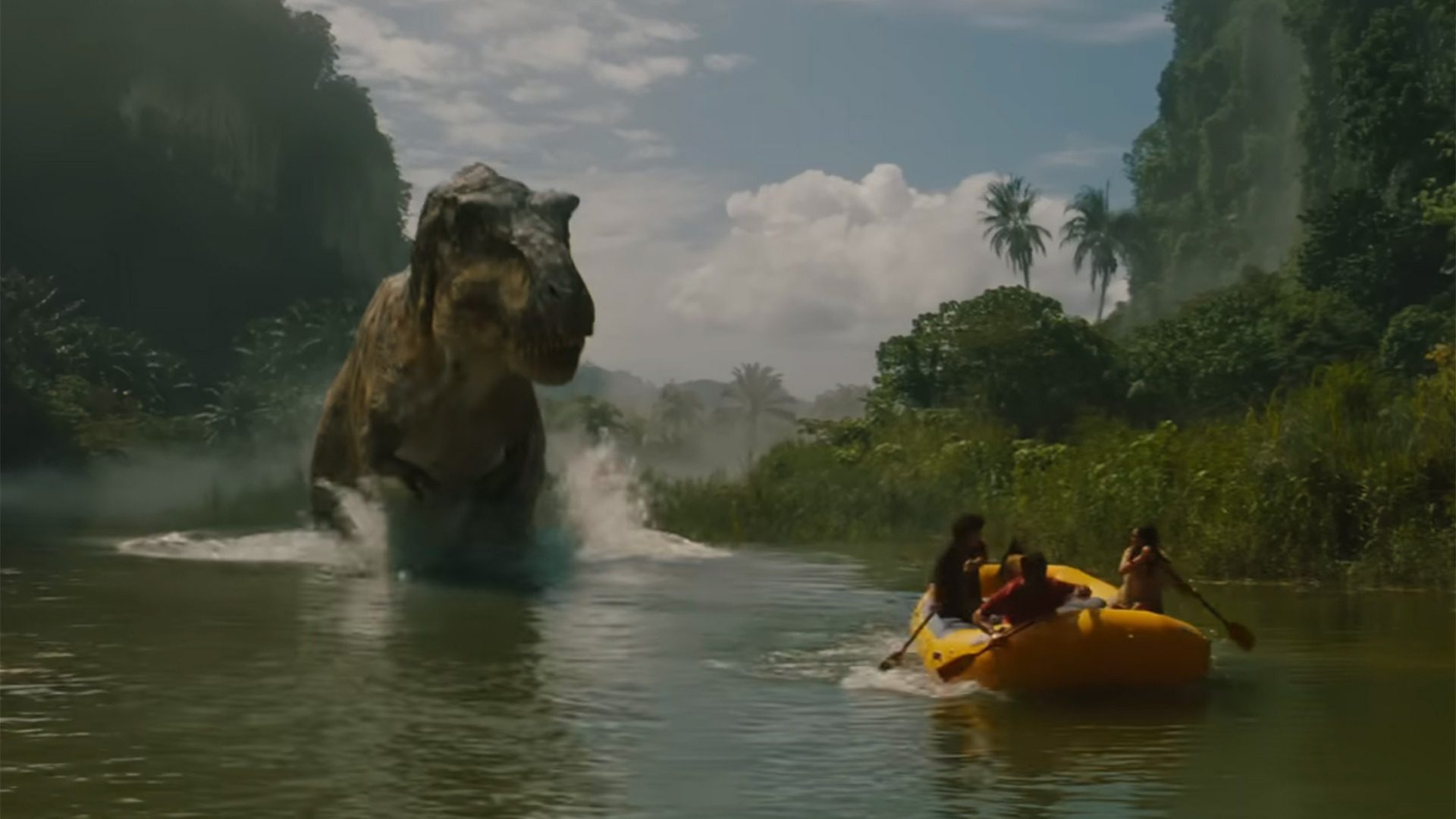- June 30, 2025
- By Karen Shih ’09
Hot girl summer? Try a hot dino summer.
Whether it’s Scarlett Johansson battling a terrifying mutant raptor or a doting Spinosaurus dad trying to keep his brood from becoming another reptile’s snack, these ancient creatures are clawing for our attention on the big and small screen.
“Jurassic World Rebirth,” the latest installment in the blockbuster movie franchise, is out Wednesday, going back to its roots with a high-stakes adventure to a remote tropical island. And streaming on PBS now is the newest iteration of “Walking With Dinosaurs,” a BBC series that brings viewers into the lives of six species, mixing footage of scientists on digs around the world with animated sequences imagining how they lived.
University of Maryland geology Principal Lecturer and paleontologist Thomas Holtz consulted on the documentary series, guiding filmmakers as they designed the dinosaurs, from the color of their skin to the sounds they might make to the way that they walked. Some choices were based on actual fossils, like using scale patterns discovered in imprints, while others were more speculative, such as chirps based on living relatives like birds.
Holtz is a carnivore expert, and his favorite among the six new episodes is the one about a young Albertosaurus, a smaller relative of Tyrannosaurus rex, and its life in a pack. “You get to see what a tyrannosaur that’s not hindered by an eight-ton bulk can actually do with its long, speed-adapted legs.”
The series has a few scary moments—“babies in peril are a theme in BBC nature specials,” he said—but the strange hybrid creatures hinted at in the new “Jurassic World” trailers offer a more sci-fi brand of terror. Holtz, who enjoys the films despite wishing they’d hew a little closer to recent research, breaks down facts vs. film fiction, based on the trailers:
DNA isn’t “magic elixir”: In “Rebirth,” scientists need genetic material for medical cures from three of the largest dinosaurs left on Earth, found only on an island that used to house a research facility. “DNA is just a bunch of data in a sequence,” he said. “Stealing this information shouldn’t require commando teams. It should require a hacker and a thumb drive to copy a .txt file. Granted, that would be a lot less exciting.”
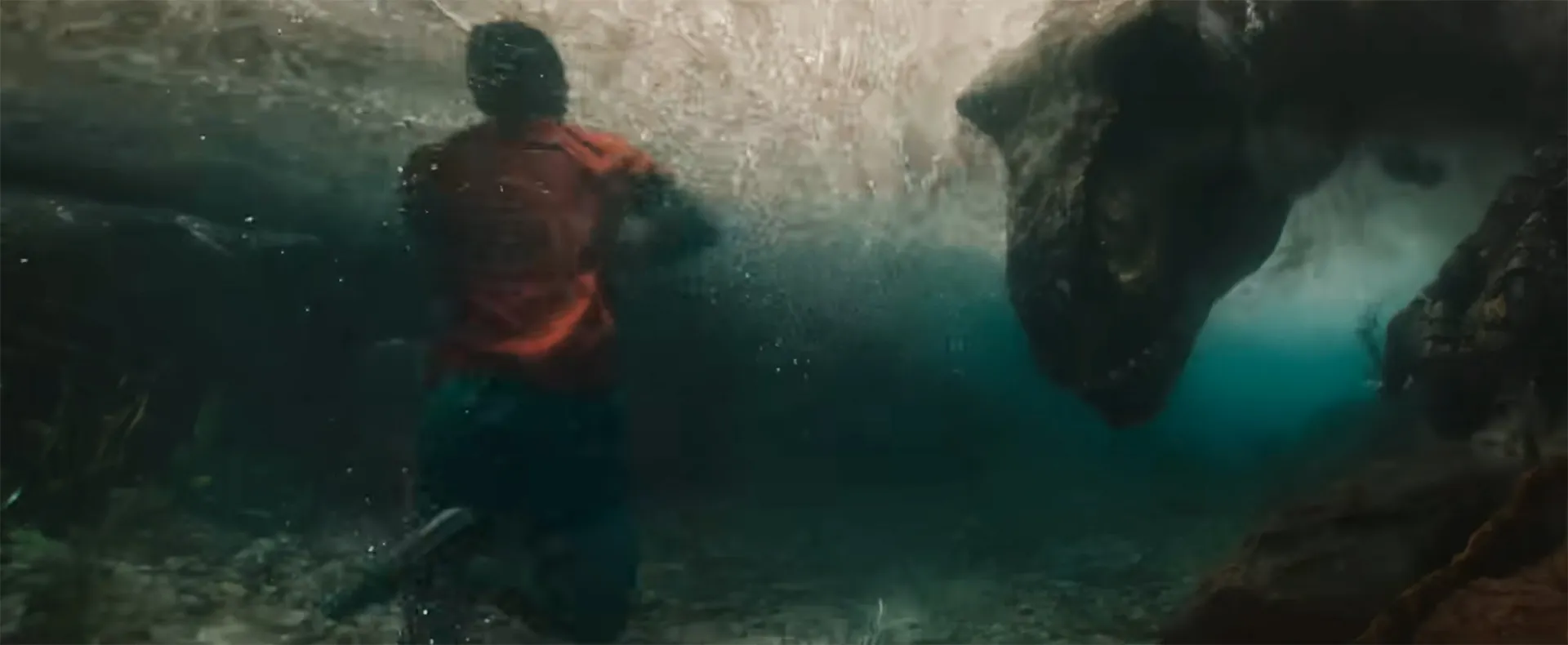
Tiny arms or no, T. rex swam: When an attempted getaway in an inflatable raft goes terribly wrong, the carnivore follows people into the water. “A lot of dinosaurs were probably moderately competent swimmers,” Holtz said. “Now, it looks weird because they have such tiny forearms, but they could use the tail to scull back and forth and legs to push along.”
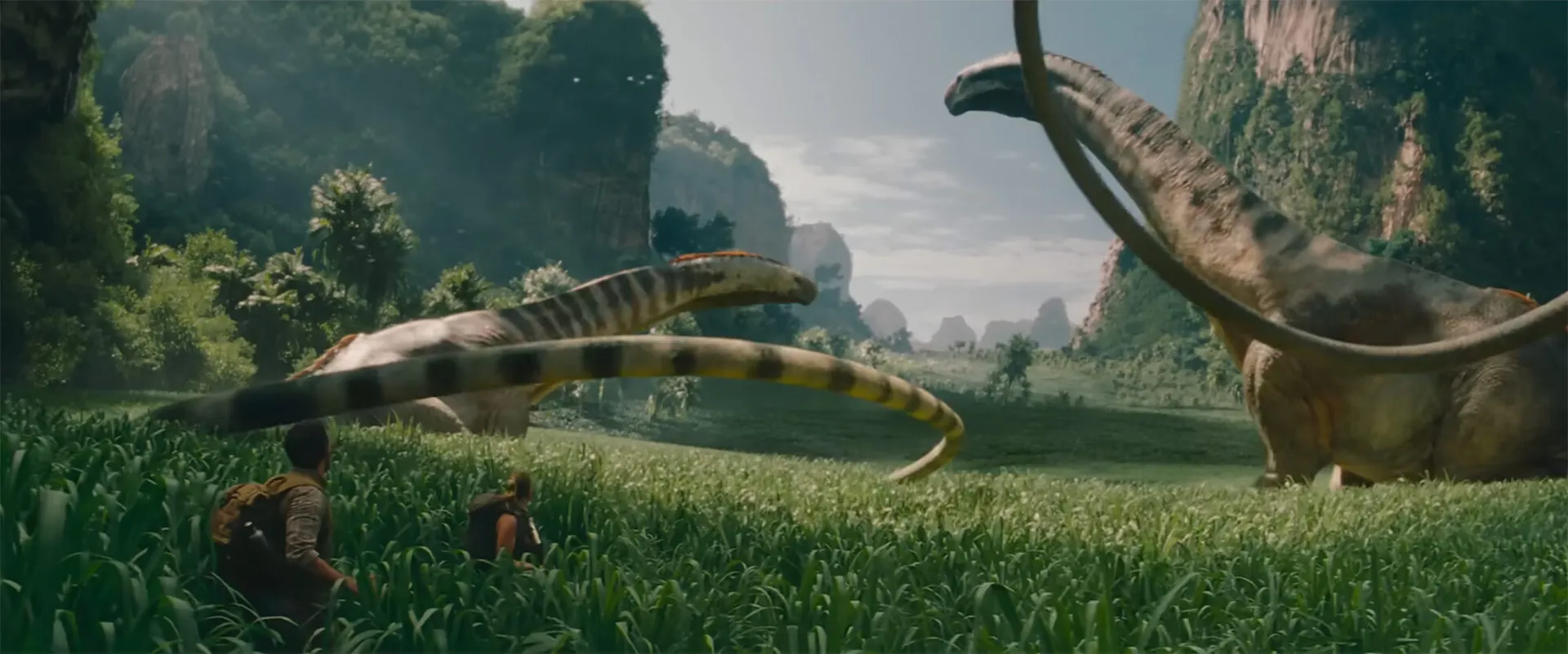
Real whip tails, wrong dinosaur: The giant, plant-eating titanosaurs in the film have super-long whiplash tails. “That’s just plain wrong,” said Holtz. While little is known about Titanosaurus itself, since just a few of its bones have ever been identified, it’s part of a branch known to have short tails, like the Brachiosaurus. The other branch, which includes Brontosaurus, had shorter legs and longer, whip-like tails.
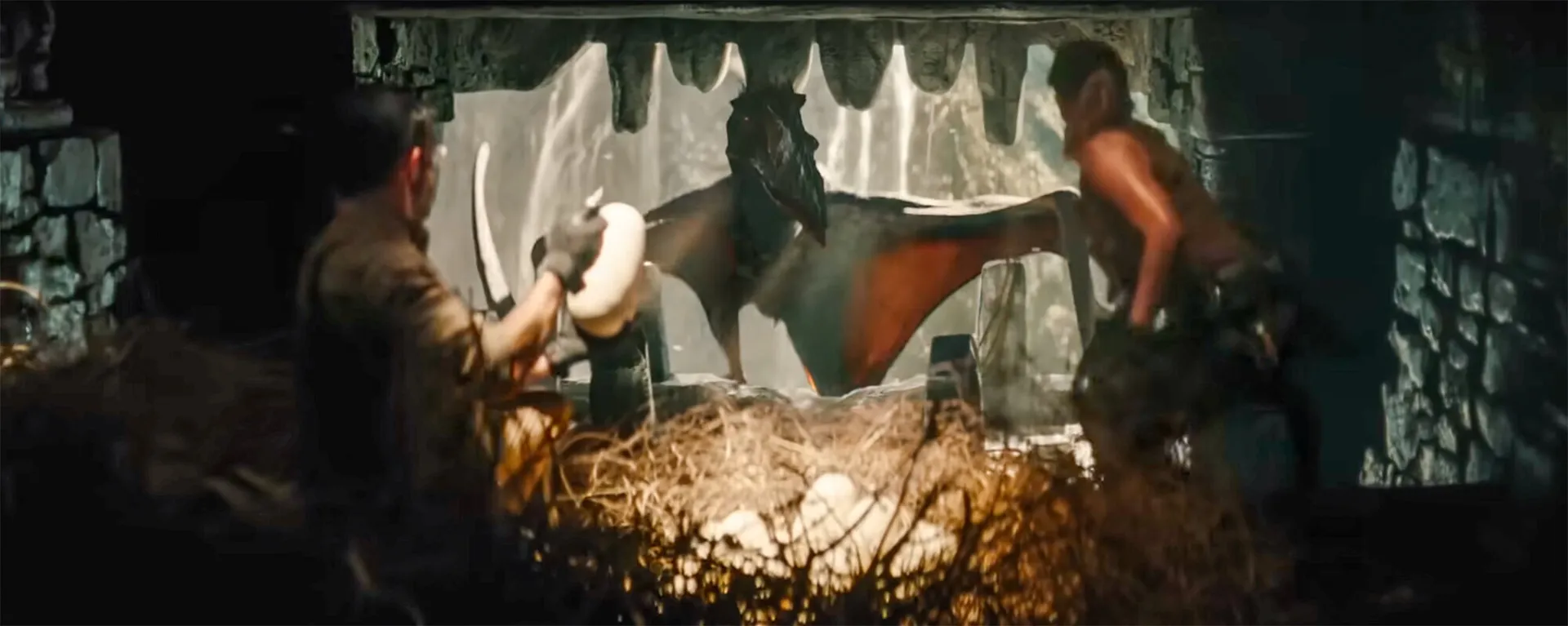
Not-quite-right nest: As the protagonists scale a cliff to snatch an egg from a winged Quetzalcoatlus, they encounter a nest made of sticks, like that of modern-day birds. “But so far, all Quetzalcoatlus eggs that have been found were buried in sand.”
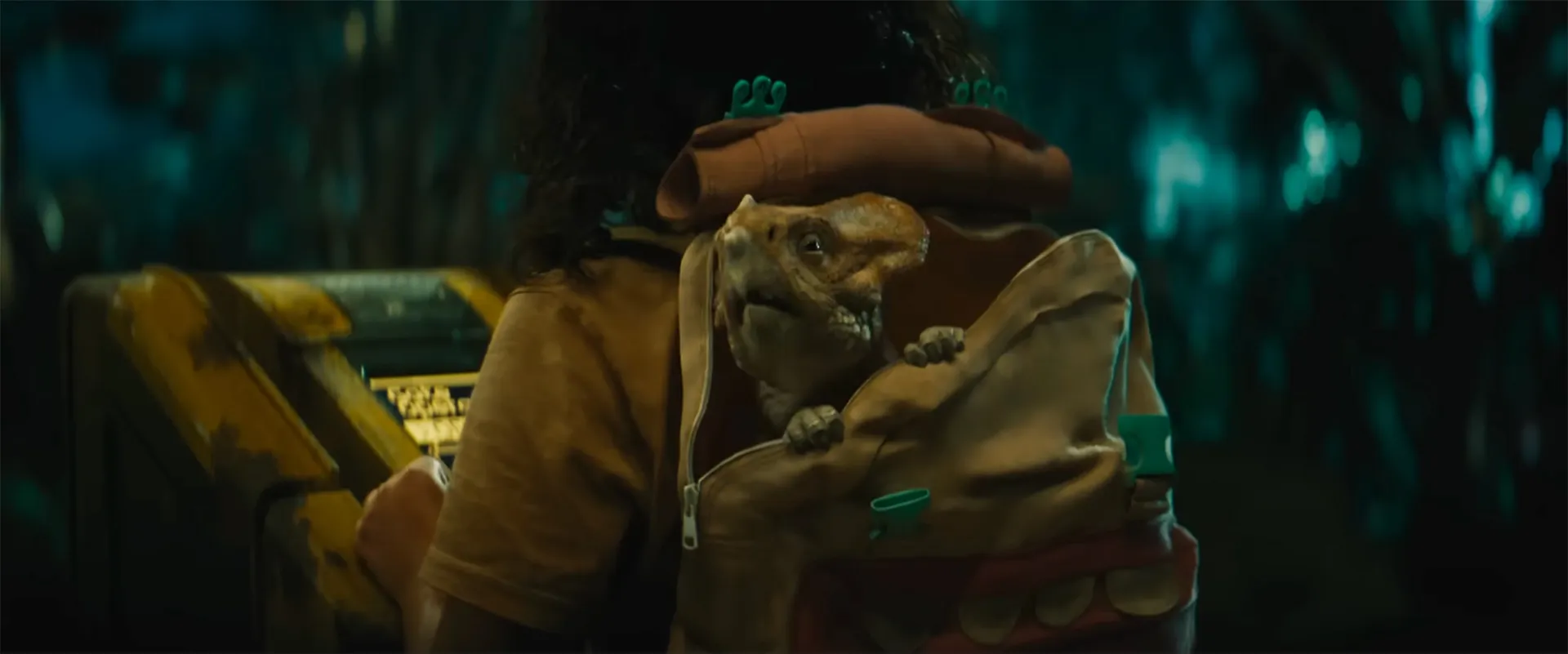
An accurate pint-sized hatchling: Aquilops, meaning “eagle face,” was indeed a tiny herbivore that could have fit in a backpack. However, its face in the trailer is a little off, Holtz said. “We only have one specimen of it, but there’s no evidence for that horn on its nose.” That fossil was found out West, but a few teeth unearthed at the Laurel Dinosaur Park in Maryland, where Holtz takes students each year, could be from an Aquilops or similar species.
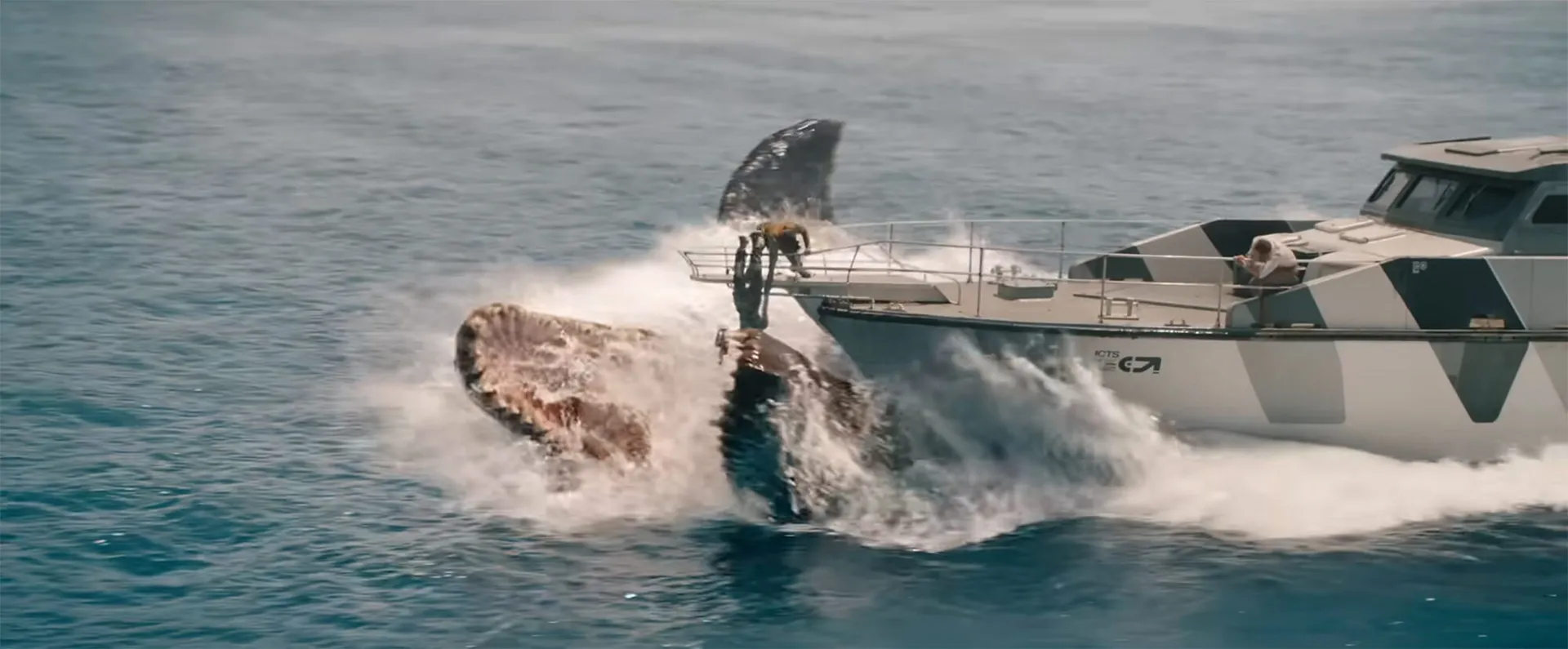
Larger than life lizard: Mosasaurus, a Cretaceous Period aquatic creature, “is an honest-to-goodness lizard” and not a dinosaur. “In the movies, they have them blue whale-sized, but they weren’t that big,” Holtz said, and also didn’t have little armor plates on their backs. “On the other hand, they showed the two rows of teeth, one in the outer row and the other on the palette on the roof of the mouth, correctly. It’s a trait they share in common with snakes.”
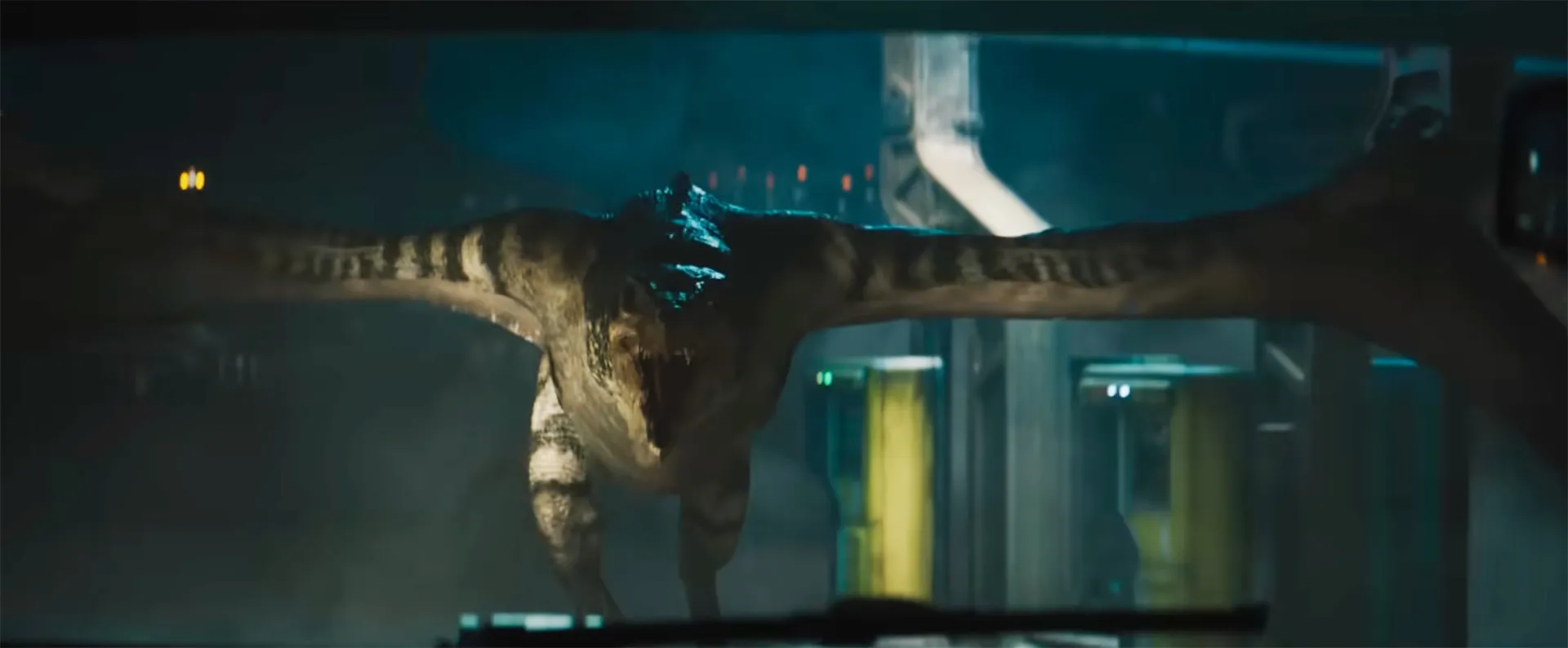
Bigger, badder monsters: Producers of the original 1993 movie could get away with just showing a dinosaur in the distance, but now, “there’s not the ‘wow’ factor anymore,” he said. “They have to keep upping it.” That’s where the new mutant hybrid dinosaurs come in, such as the “mutadon.” “They’re supposedly a combination of raptor plus pterosaur, which would be kind of like combining crocodiles and turtles. They’re very distantly related,” he said. “But you know, they wanted some flying monsters!”
Topics
Research